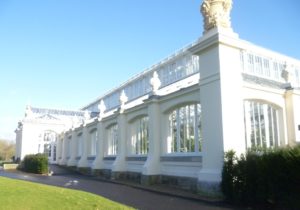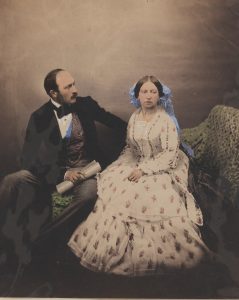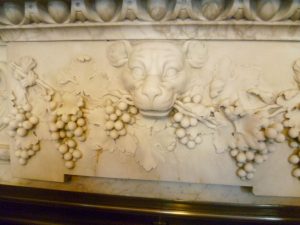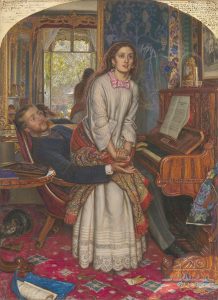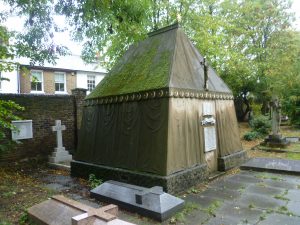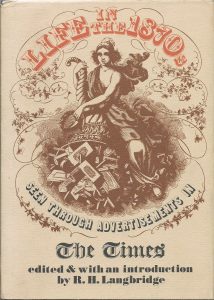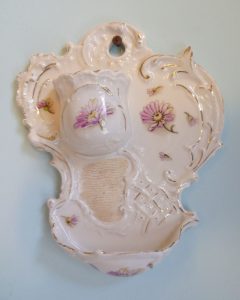We’ve just past November 30th, St Andrew’s Day, the patron saint of Scotland, so it feels appropriate to celebrate the 19th century transformation of that beautiful country.

Flatback Staffordshire figure: Highlander with deer (45 cms. high)
My parents lived in Invernesshire, in the Scottish Highlands, for many years and their house contained a number of things unmistakably inspired by Scotland, one of which was this large flat back Staffordshire figure of a kilted Highlander with his arm around what looks like a small deer. I’ve always liked it – partly because it looks so absurd. There is a gun dangerously positioned beside the highlander’s left leg pointing upwards, (my brothers and I had to learn the ‘Never, never let your gun/ Pointed be at anyone’ rule before my father, an excellent shot, would allow us anywhere near a gun), and the figure has a horn at his waist. Why? To summon a gillie? Or does it contain gunpowder for the gun, though that seems unlikely.
Continue reading A Passion for Scotland
Please share this page...
